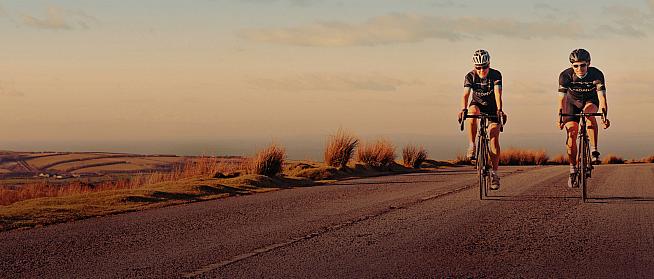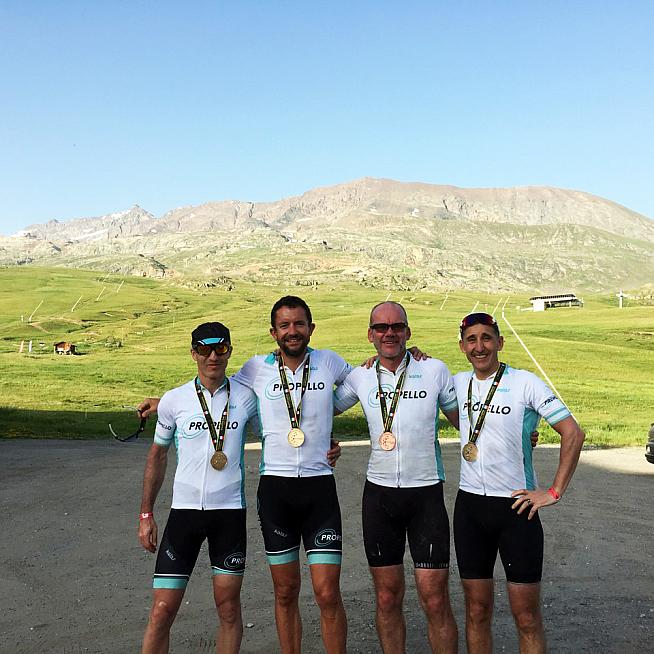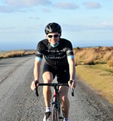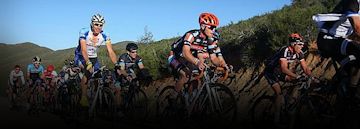What is Endurance or Base Training?
There is widespread confusion about what exactly this period of training is for and how you go about executing it. Too many athletes want to be "on form" all year round and fail to take the time to recover and then transition back into training with the aim of peaking for key events and races. You can train hard all autumn if you want to and be the fastest rider on Christmas Day when everyone else is eating turkey!

- Preparation Training (4-6 weeks) - at the end of the season every athlete should have a few weeks of unstructured exercise. The Prep period marks the start of a more structured workout routine. We focus on low intensity, endurance riding, drills to improve leg speed or cadence and we work on strength with on the bike force drills and off the bike gym work. Cross training is great in the prep period - running, hiking, rowing are all good as long as everything is low intensity. we are preparing the body to train. Nothing more.
- Endurance Training (10-12 weeks) - we reduce the amount of cross training and begin to focus on work with the bike. We continue with aerobic endurance riding, and cadence drills and add some short drills at tempo pace to very lightly begin the process of building muscular endurance. After three weeks of focused training we take a recovery week when the fitness potential starts to be realised. The next four week segment increases intensity to tempo or Z3 and introduces some more on the bike force drills to improve muscular endurance and strength. By the end of the 12 week Endurance segment we are now doing plenty of work at tempo and have introduced some sweet spot workouts as well as a limited amount of threshold Z4 drills.
Endurance training builds your body up for the higher intensities of the Build and Peak phases of training. There are some really important physiological changes that endurance training encourages. For me, the most important one, is how the body adapts to utilising fuel. When you workout at a high intensity your body uses a lot of glycogen as fuel - this is stored carbohydrate and you don't have a lot in your body to utilise. Go and ride hard for two hours without any food or sports drink and you will find out when you run out of glycogen with a bang. Most people who don't finish events or races do so because they burn too much glycogen and run out of energy. This is one of the key reasons that an Ironman athlete has to pace the bike segment very carefully to make sure that they have enough glycogen stores for the marathon at the end.

There is also a perception that the only way to endurance train is to go out for six hour rides three or four times a week. It is true that the more time that you can spend riding in the endurance zone the better, especially for new riders. However most of us don't have that amount of time. The new 2016 season Propello Endurance Training Programmes have three workouts a week that take around 60 minutes each.
In addition to this we suggest doing as much Z2 endurance riding as you have the time for. If your aim is a few centuries of gran fondos next spring/summer then we suggest our Sportive Programme which is based on 5.5 hours training per week. This is plenty to enable you to perform well at these types of events. It's about doing the least amount of training for the greatest amount of improvement. For those of you who have your sights set on some of the more demanding mountain events or Spring Classics then we suggest our Super Sportive Programme which is designed around 6.5 hours training per week.
The key is to make sure that your training is organised and has purpose - the ultimate purpose surely is to do well at the events that you have targeted? If you want to race me in November then fine I will happily give you that win because I really don't care how fast I am riding in November or in February for that matter. I also know that the chance of me being injured in March or April is low because I have not been subjecting my body to rigorous training for too long.

Upgrade your cycling.
Rob Wakefield is a fully qualified Level 3 Cycling Coach with the Association of British Cycling Coaches and founder of Propello, a cycling focused health and fitness business delivering Performance Training Programmes and Bespoke Coaching to cyclists anywhere in the world.
All cyclists who are looking to improve their speed, endurance or strength will benefit from a structured training programme. Propello Training will improve how your muscles, lungs and heart work and will enable your body to transport and utilise fuel effectively - making you faster and stronger for longer.
Click here to learn more about Propello.
0 Comments







